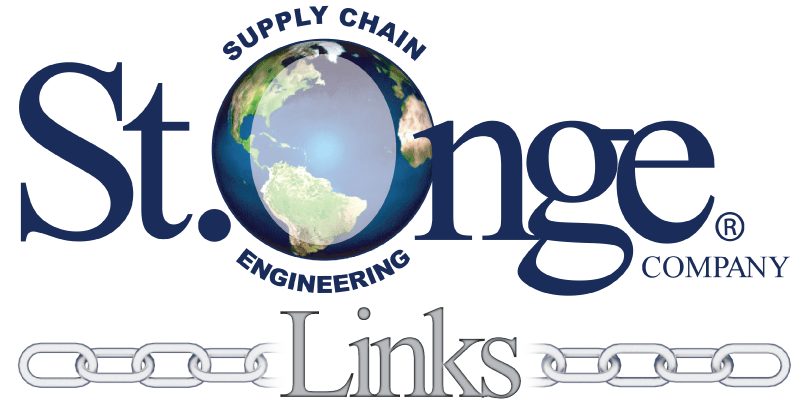 Strengthening your supply chain one link at a time.
Strengthening your supply chain one link at a time.
Overall Equipment Effectiveness (OEE) is a key performance indicator (KPI) used to measure performance, multiplying availability (uptime), (performance) rate, and quality/yield of a given process. This simple tool is a valuable metric that provides insight into directing an organization’s resources to improve performance.
Is it right for you? Ask yourself these questions:
Did you answer “yes” to any of these? Don’t get down; you’re not alone.
The next question is, how bad are the issues? Do you know how much time you are losing from machine downtime? Do you know why the machine or operator isn’t producing to the quoted or standard rate? Do you know why parts are going in the scrap bin or being reworked instead of being right on the first pass? Are you capturing, quantifying, and identifying downtime causes? Are you using charts from each production run to monitor performance and downtime causes? Can you use basic DMAIC principles to quantify the issue for actionable plans? If not, it’s high time to begin tracking and measuring OEE in your value streams.
How can you begin to make this metric work in your favor? To some extent, it depends on your firm’s maturity, but there are certain standard items of change management “infrastructure” that successful OEE initiatives contain: leadership vision, internal resources, and tactical guidance.
First, you will need to have a management directive showing support for the OEE measurement and provide a means to report on the results and improvement actions regularly. This must be loud and clear, so the rank-in-file employees understand the importance of the effort.
Second, you will need to identify someone inside your organization dedicated to launching the OEE improvement process – the champion for continuous improvement. This resource owns or manages the actions around OEE improvement and manages and prioritizes projects. In the launch phase of a new facility or new product/process, this is a full-time position. After launch, or once in “regular” production, the champion can migrate to a part-time assignment, as much of the data collection and reporting comes from the floor. The champion consolidates and reports the information and acts as the lead problem-solver to rectify the OEE-related issues. Internal skillsets are deepened and widened through repeated use of the improvement tools and methods so that the OEE champion role can be modified over time.
Third, hire a St. Onge Company LEAN/OEE specialist to provide a simple workshop to help your internal resource(s) rapidly understand the metric, identify the needed information, define how to gather the required information, learn how to plot and present the information, and determine whether the action plan process is effective and efficient. This is vital to ensure the process is properly designed, owned, and followed by the proper owners, and rolled out without disruption. Hiring a talented Top-100 Supply Chain Partner firm like St. Onge Company, with a core of experienced manufacturing engineers well-versed in implementing foundational LEAN manufacturing techniques, will be money well spent and provide tangible ROI.
You still might say, “We already have downtime and quality metrics. Why do we need another KPI added to the list?” That’s a good question, but have you looked at the bigger picture where OEE issues across multiple lines or areas might be hiding a systemic plant issue? Focusing on just the individual components will inevitably lead companies to miss more significant operational issues within the facility. Reviewing OEE forces more in-depth conversations about products and processes and ultimately drives improved problem-solving behaviors. Support departments, such as maintenance, quality, production planning and scheduling, and even procurement, can gain valuable knowledge and information through OEE management and help solve chronic production issues.
Healthy organizations utilize shop floor employees’ internal talent and expertise, make improvements rapidly, and repeat this cycle often to reduce non-value-added activities and waste in their manufacturing processes. As the process improves and previously-wasted labor and capital are freed up, these same healthy organizations redeploy the unlocked resources to value-added work on new products and new service offerings.
Managed properly, OEE leads the firm to innately produce “more with same” (when growing) or “same with less” (when flat or shrinking). It allows the team lead or supervisor to focus on specific downtime or quality issues, but it also allows the production manager to compare value streams’ performance and flex resources to recurring problems. As manufacturing costs and customer demands and expectations go up, tracking OEE and driving production improvements become naturally continuous and integral to daily manufacturing life.
No matter your business’ maturity or size, OEE speaks the language of the shop floor and works to answer the question, “Are we running our operations in the safest, fastest, smoothest way possible with the highest quality?” You may not know the answer, but your competitors do (and they’re working on it every day).
–Mike Noll, St. Onge Company